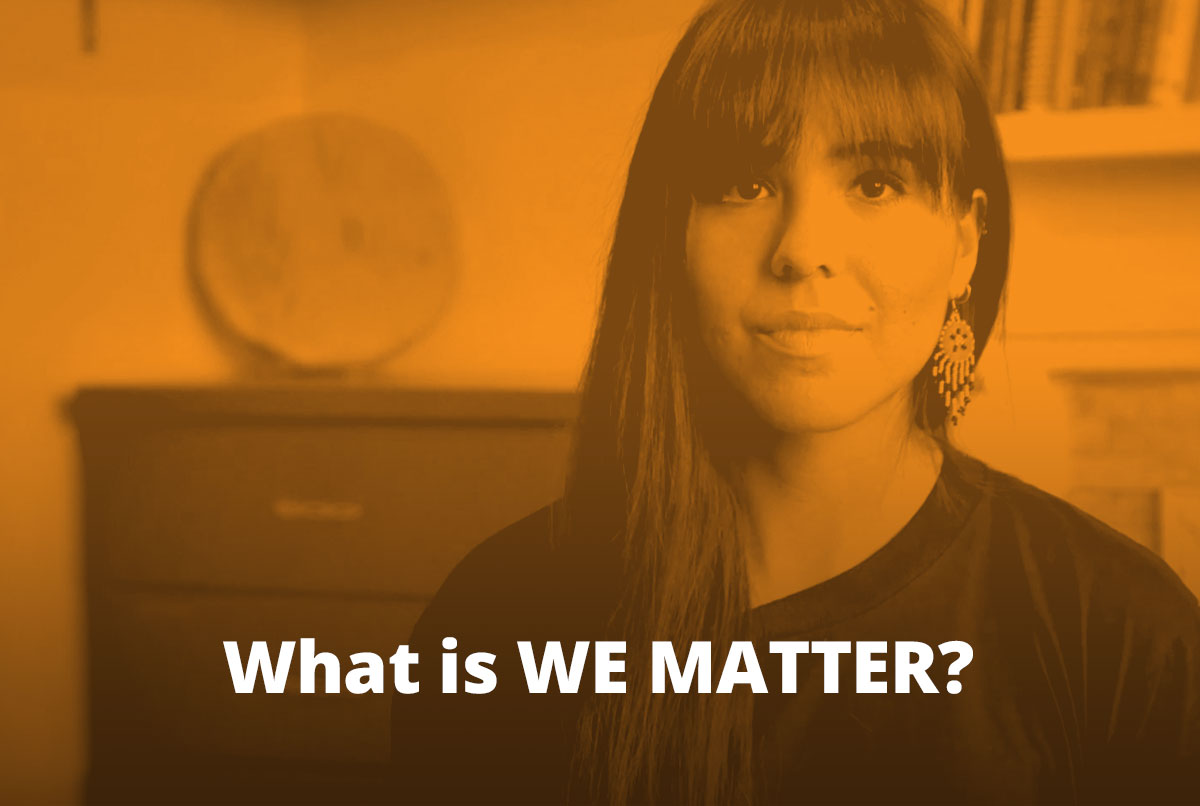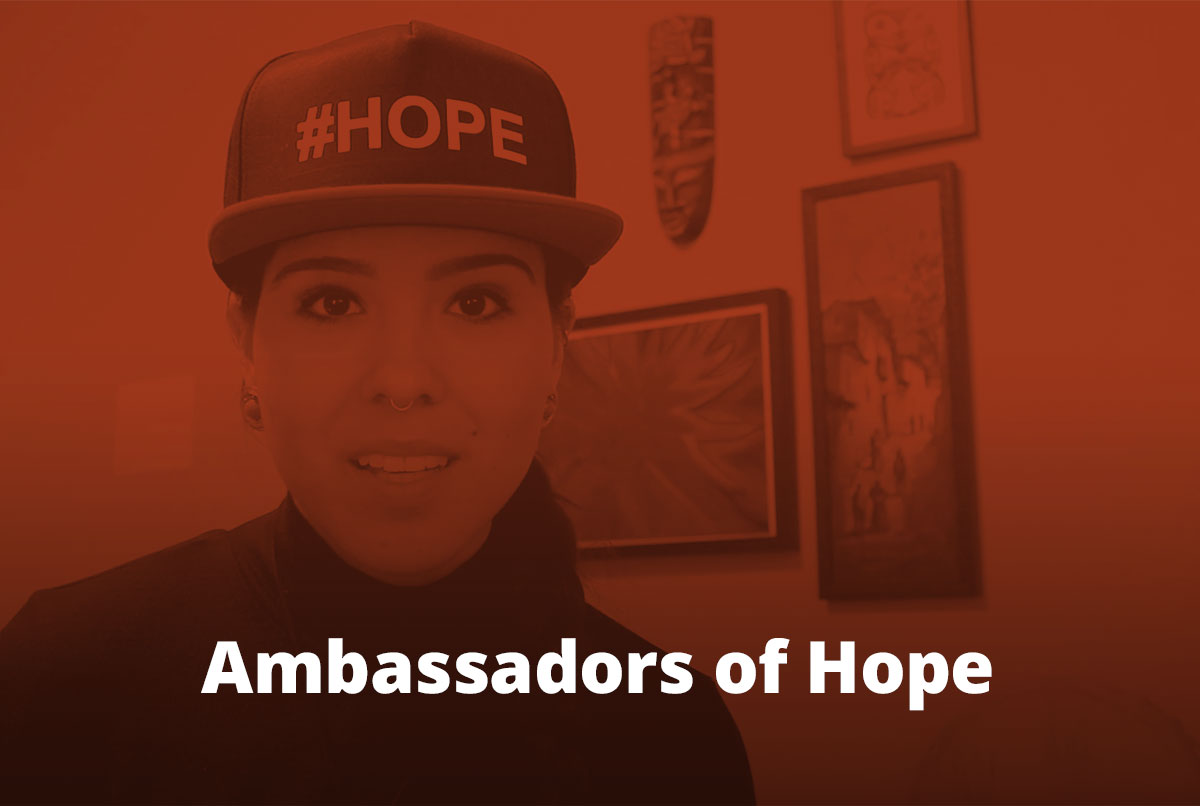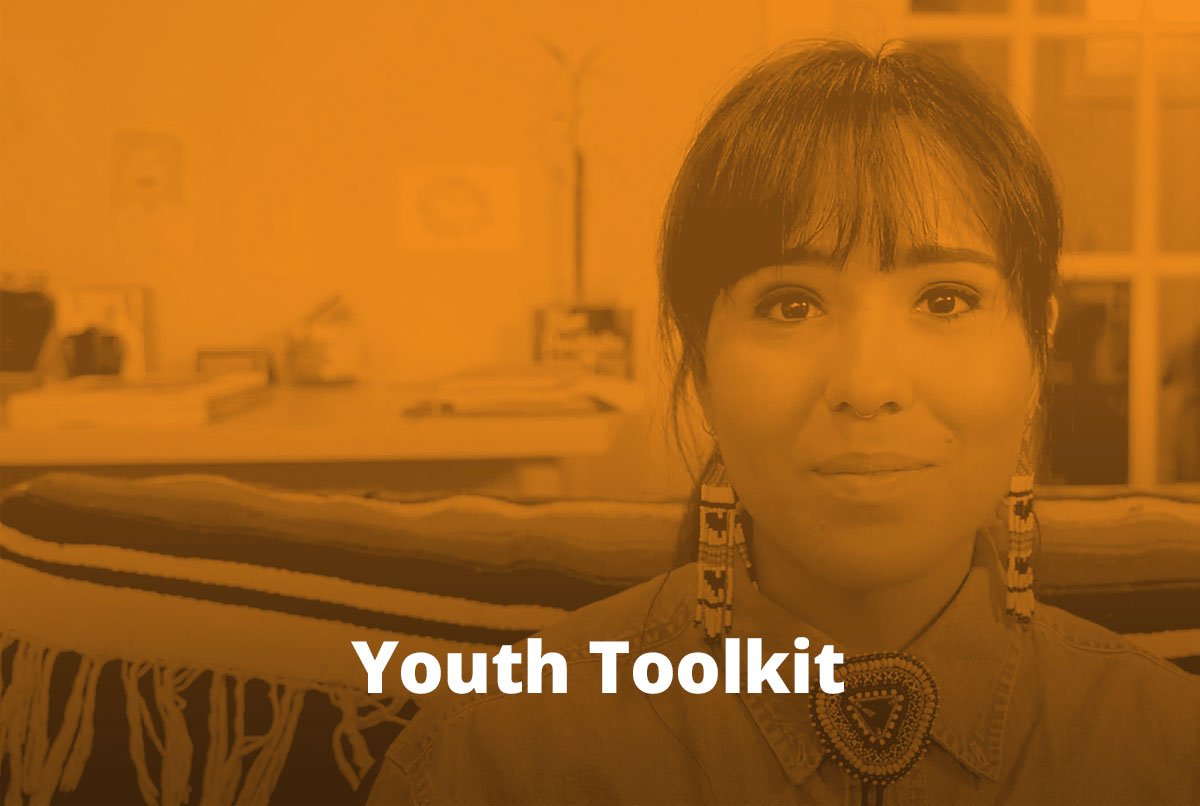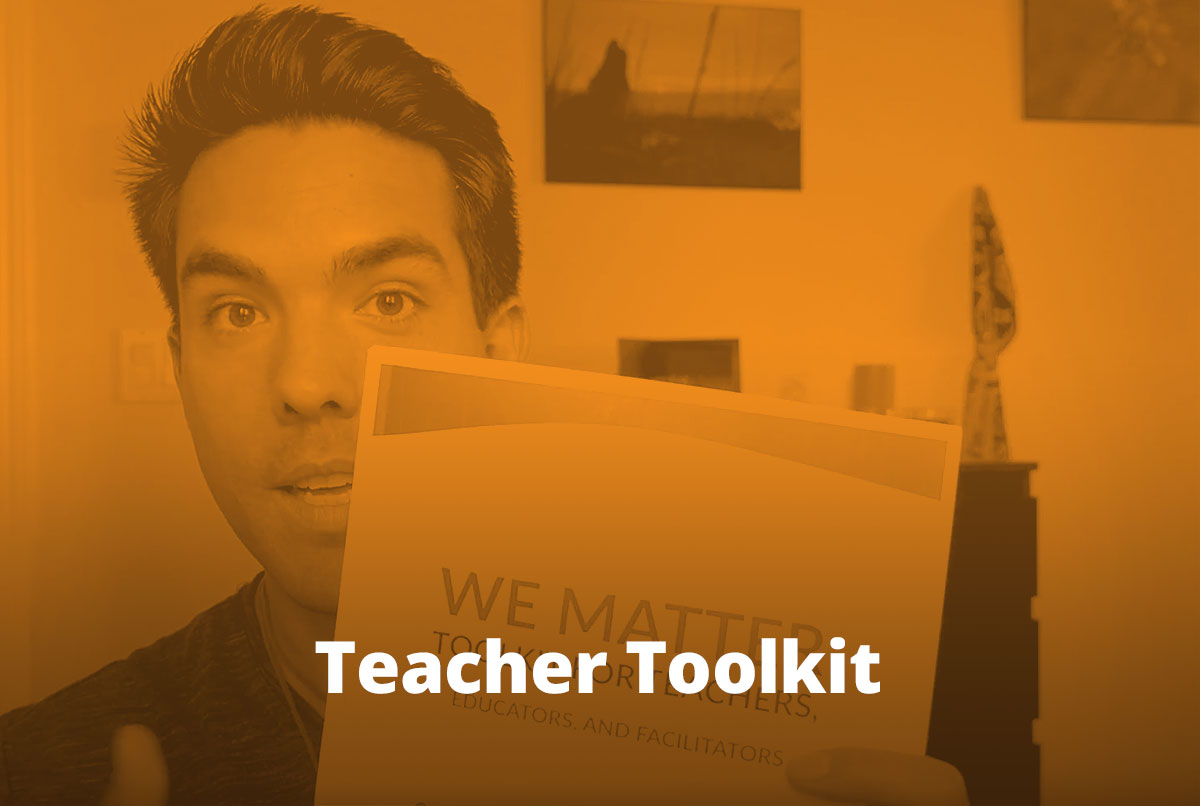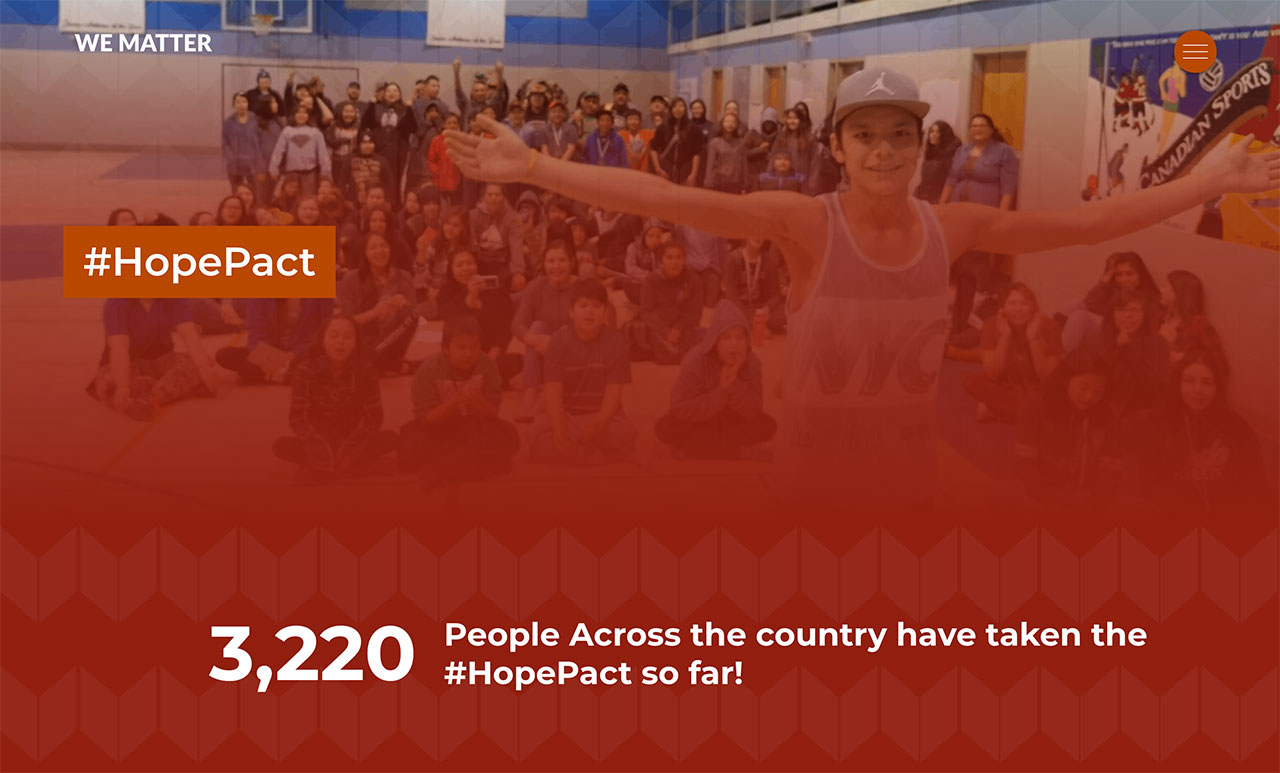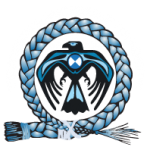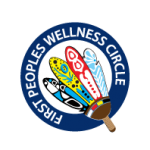System-Level Change
for Life Promotion
This System-level Change Guide is for those in decision-making positions (and other system influencers) who wish to reduce service barriers and amplify the good work that is going on in many First Nations communities. But that’s not all: it’s for everyone. We are all part of the systems that we find ourselves in, and lasting change requires participation at all levels.
Social, political, and economic (i.e. system-level) changes are required to promote and sustain individual, family, and community wellness. Comprehensive culturally- and community-based approaches to life promotion and suicide prevention are known to hold the most promise.
In order to rectify the persistent and well-documented health, education, and social disadvantages faced by First Nations youth, coordinated action is needed among First Nations, service providers, government leaders, funders, advocates, policy makers, and young people themselves. Impactful system-level changes happen when grassroots, community-level initiatives come into conversation with policy and funding decisions. System change can come from both inside and outside the current system.
System-level change requires cultural safety.
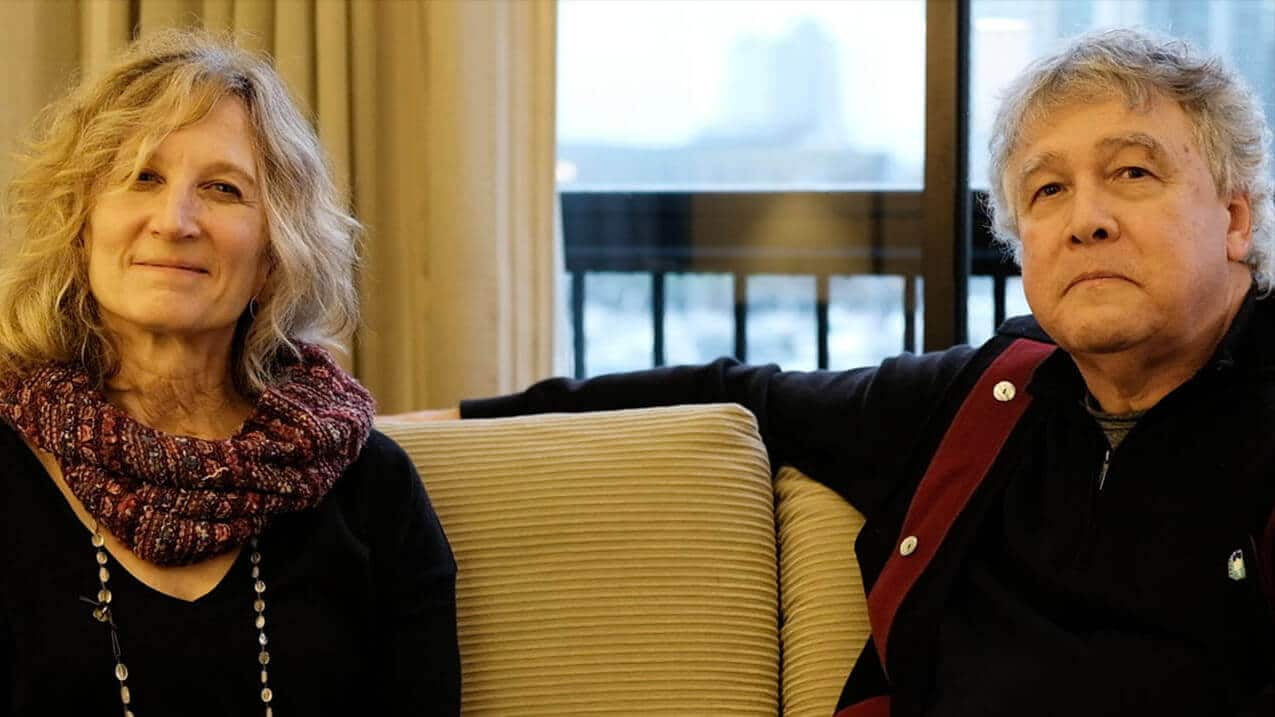
Cultural safety has been defined as “an outcome based on respectful engagement that recognizes and strives to address power imbalances inherent in the health care system. It results in an environment free of racism and discrimination, where people feel safe when receiving health care” (BC’s First Nations Health Authority, n.d.).
Cultural safety is not a standalone activity, but an ethical commitment and a set of actions that are woven throughout all we do. Understanding cultural safety as a connective thread will reduce the likelihood of pursuing a piecemeal approach to system change.
We have identified five recommendations that are relevant for policy and practice leaders, including funders (informed directly by the reference listed at the bottom of this page). These recommendations focus on approaches that can a) promote healing and restore trust in the aftermath of colonialism and b) address current inequities in services to First Nations youth and others:
1: Recognize the central importance of Indigenous knowledge and practices
Many policies and programs in their current form explicitly undermine Indigenous knowledge and practices. This occurs in many ways, related to such things as: content, structure, language, underlying values and assumptions, hiring practices, and more.
In order for system-level change to be meaningful and culturally safe, Indigenous knowledge and practices need to be centered at the outset. Only with this recognition will the remaining recommendations have a substantial impact.
2: Translate this recognition into concrete and meaningful support for traditional healers, cultural practitioners, Elders, youth, and other knowledge-keepers
As recommended by Goodkind et al. (2010), health systems should:
- Recognize and support traditional healers and other cultural leaders and knowledge-keepers as service providers
- Expand mechanisms for reimbursing them for their work and knowledge
- Provide funding for programs that serve a preventative function through cultural and community connectedness, and for programs that connect prevention with treatment
- Shift emphasis from evidence-based practice to practice-based evidence, which opens up room to value unique, culturally-grounded ways of being as legitimate health promotion
3: Understand, and commit to, the stepping stones to cultural safety – personally and organizationally
Cultural safety is an outcome of ongoing and organization-wide commitments to doing things differently. The Thunderbird Partnership Foundation (2020) provides a toolkit that outlines stepping stones to cultural safety. These include:
- Cultural humility: “Cultural humility has a number of important components, such as self-reflection, willingness to learn from the client, relationship building, and the concept of lifelong learning. … In addition, cultural humility ensures a less controlling, less authoritative style when communicating with clients” (p. 21).
- Critical reflection: This includes “more than becoming culturally aware or practising tolerance, it is the ability to identify and challenge one’s own cultural assumptions, values, and beliefs” (p. 22).
- Cultural awareness: “The outcome of this step would be the ability to identify both Western and Aboriginal knowledge and find ways to integrate them into practice. This step influences cultural sensitivity because it identifies what culture means from each perspective” (p. 22).
- Cultural sensitivity: “Health care workers should acknowledge cultural world views and modify conventional approaches and practices to suit the cultural world views of their clients. … [They] should be inclusive and culturally responsive to the differences among their clients rather than respond with assumptions” (p. 22).
- Cultural competence: This step includes understanding history, context, and power relations – including the impacts of historical trauma. It involves getting to know the culture of clients, and centering knowledge and practices that are important to them. It centers self-determination, supports cultural revitalization, and moves towards decolonization (p. 23).
- Reciprocity: “Reciprocity is about building the relationships between the client, health care practitioner, family, and community.” These relationships need to be meaningfully invested in (with time, human, and financial resources), and should occur at a community level (p. 23).
- Cultural safety: Cultural safety can only begin at this point. “Cultural safety is only determined by the client. It goes beyond the relationship between the health care provider and the client to ensure the health care environment is also culturally responsive” (p. 24).
4: Engage in micro-reconciliation efforts in order to create the structural conditions necessary to support cultural safety
As is made clear by the stepping stones above, cultural safety is a collective responsibility. Tait, Mussel, and Henry (2019) argue that change at the organizational level is a necessary condition for broader structural changes to be effective and sustainable, without doing further harm. These authors posit that micro-reconciliation supports the creation of “institutional pathways that seek to empower all levels of management and employees” (p. 26) and they set out three steps to micro-reconciliation:
- “Acknowledgement in local settings of the degree and impact of trauma and injustices experienced by Indigenous peoples” (p. 28)
- Witnessing, which calls for “human service sector workers to be a moral eye and voice … within the everyday local contexts” of their work (p. 30), and
- “The moral courage to name and speak what is known to be true” (p. 31) because this will inevitably launch “us into a moral discussion about what is important to collectively build systems that are not discriminatory to Indigenous peoples” (p. 32).
This kind of work “can only be done together, with Indigenous peoples driving the change” (p. 32). Micro-reconciliation is a necessary condition for the commitment to reconciliation that has been made at a national level, and is a necessary condition to address the health disparities that continue to exist in this country because of systemic inequities that persist.
5: Create ways for grassroots/community level work to come into conversation with policy/funding decisions
There are endless possibilities! This website features many stories of communities and initiatives that offer great examples, and the Action Guide for Communities pulls together key learning from each of these stories.
Ensuring Indigenous youth are central to every conversation that impacts them – including at a system-level – is vital for meaningful change. See ‘We Matter’ below, for more.
The We Matter campaign offers a concrete example of how everyday people – youth, teachers, and community members – play vital roles in shifting systems in the direction of hope, belonging, meaning, and purpose. We Matter is an Indigenous youth-led national organization dedicated to Indigenous youth support, hope, and life promotion.
This campaign serves as a unique example of a grassroots initiative that recognizes something new is required, galvanizes support across multiple sectors and sites, and uses digital media to make the work visible.
Finding the place within the system where our own gifts are of use can be important. This enables us to give as meaningfully as we can – and fuel us at the same time so we’re less likely to experience fatigue, burnout, or cynicism.
Finding ways to experience our contributions in relation to the work others are doing – where those who have different gifts and talents from us are making a difference too – can also help us recognize our actions as part of system-level change and build a sense of possibility and solidarity.
We Matter offers concrete tools for youth and for teachers, to take action and be part of the conversation:
”Our most important work is internal, and the kinds of transformations we are compelled to make, the kinds of alternatives we are compelled to embody are profoundly systemic.
Leanne Betasamosake Simpson, 2017, p. 6
If you are in a decision-making (or other influential) position, what are some of the ways you can ensure your work is meaningfully guided by the perspectives of Indigenous youth and community members most impacted? If you are someone impacted by suicide and/or committed to life promotion, how can you find your place in system-level change processes to share your knowledge in support of broader efforts?
Understanding the ways policy and practice are connected on a system-level can help us all collectively create conditions that promote cultural safety, and in turn support and nurture wise practices for life promotion in First Nations communities.
References:
Betasmosake Simpson, L. (2017). As we have always done: Indigenous freedom through radical resistance. Minneapolis, MN: University of Minnesota Press.
Goodkind, J.; Ross-Toledo, K.; John, S.; Hall, J.; Ross, L.; Freeland, L.; Coletta, E.; Becenti-Fundark, T.; Poola, C.; Begay-Roanhorse, R.; & Lee, C. (2010). Promoting healing and restoring trust: Policy recommendations for improving behavioural health care for American Indian/ Alaska Native adolescents. American Journal of Community Psychology, 46, 386-394.
Tait, C.; Mussell, W.; & Henry, R. (2019). Micro-reconciliation as a pathway for transformative change. International Journal of Indigenous Health, 14(2), 19-38.
Thunderbird Partnership Foundation. (2020). Culturally Safe Toolkit for Mental Health and Addiction Workers. Retrieved 16 March, 2020 from https://thunderbirdpf.org/working-with-first-nations-people-culturally-safe-toolkit-for-mental-health-and-addiction-workers/?lang=fr
We Matter. (2020). We matter campaign. Retrieved 16 March, 2020 from https://wemattercampaign.org/
